What causes the Perseid Meteor Shower? NASA reveals the answer
What causes the Perseid Meteor Shower? The answer is provided by NASA and it is as stunning as the shower itself.
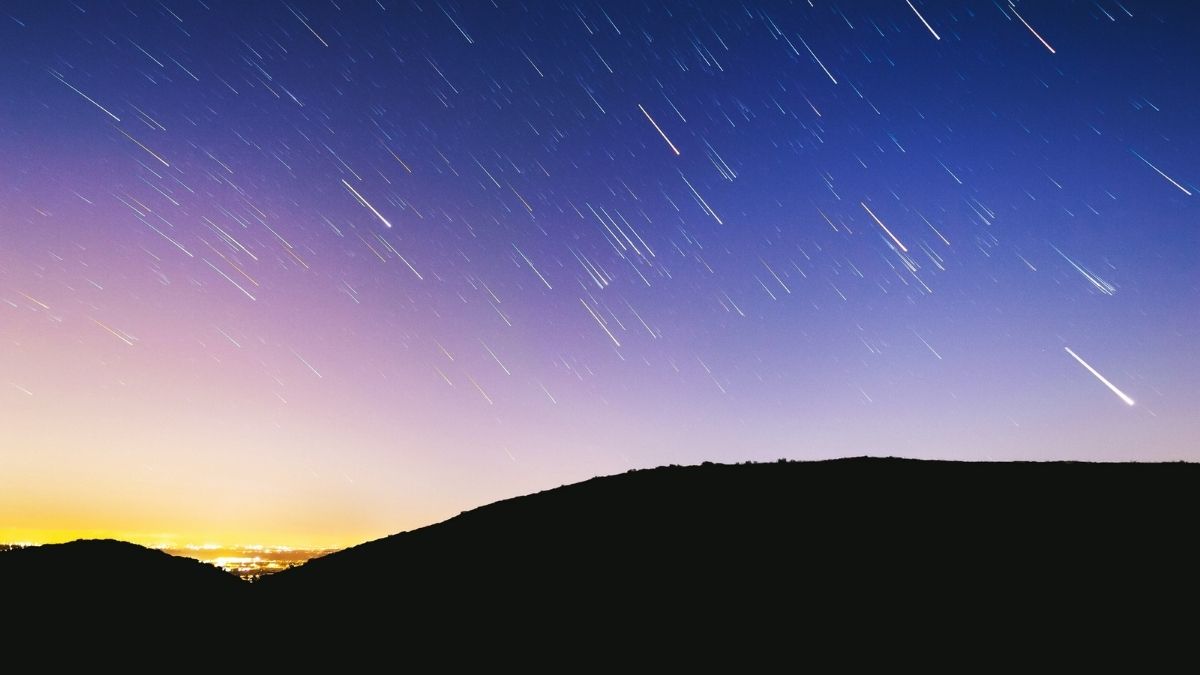
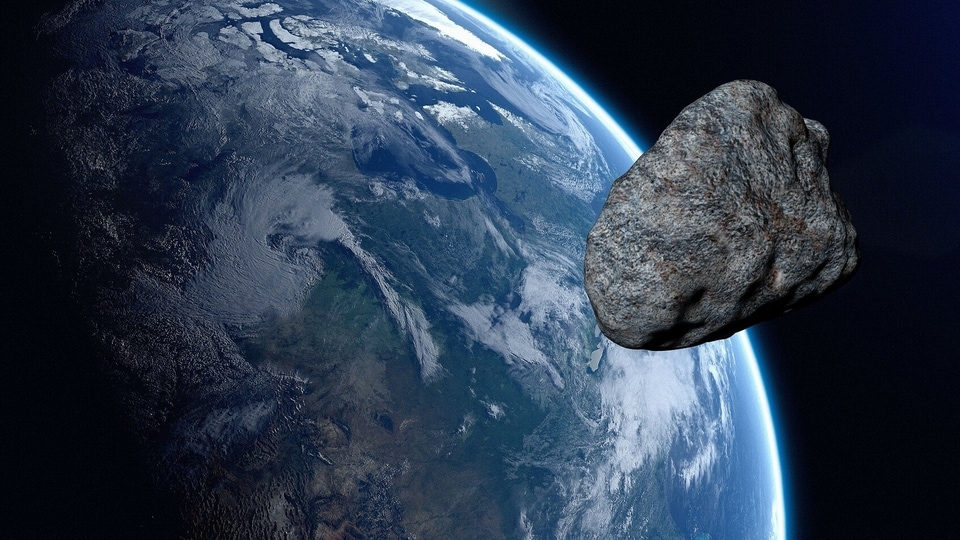
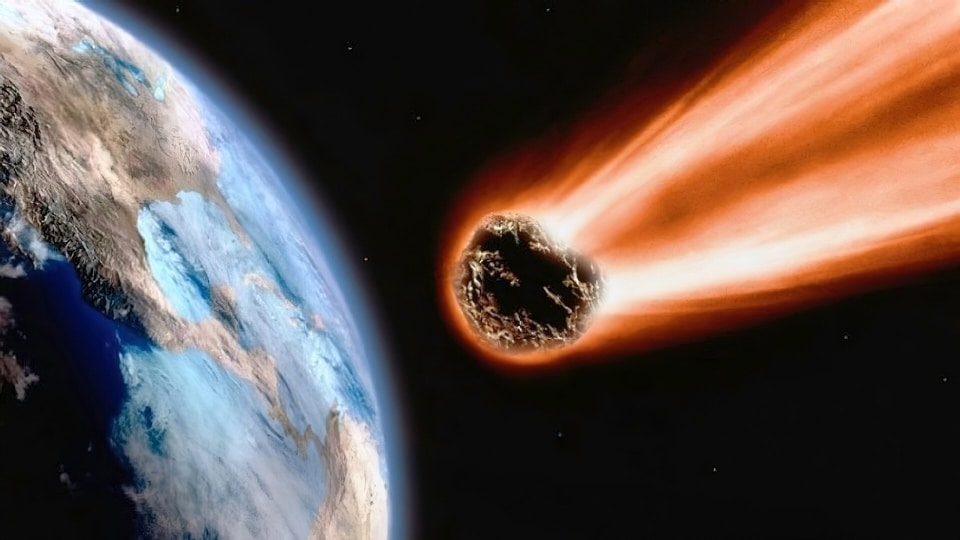
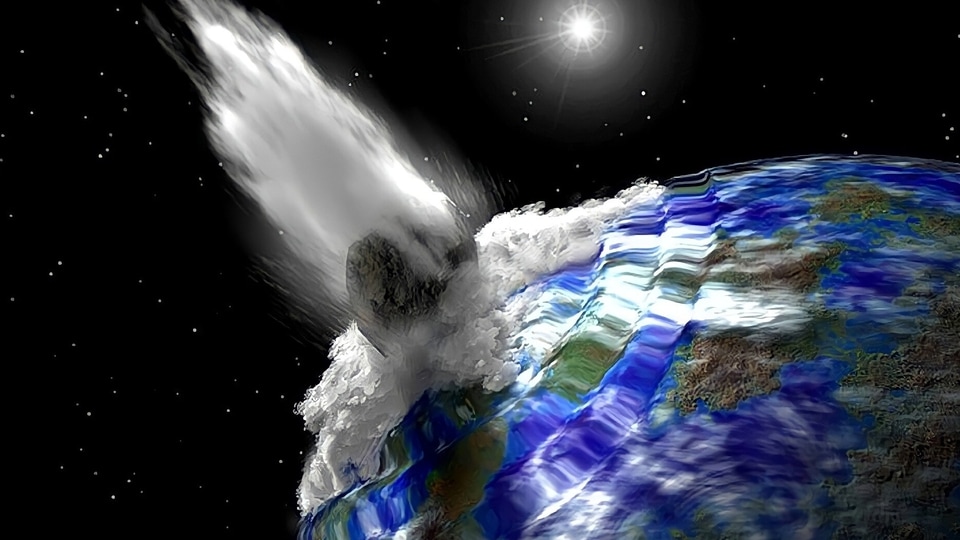
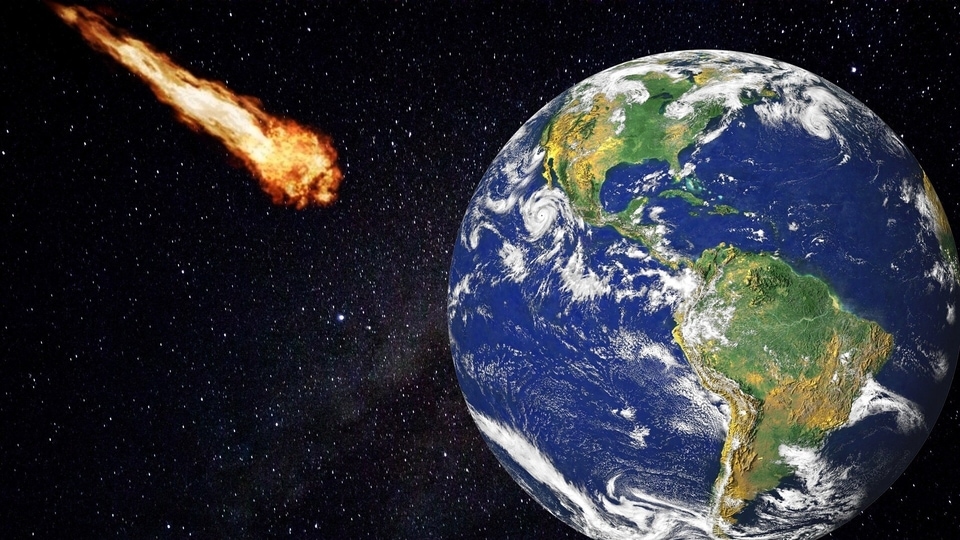
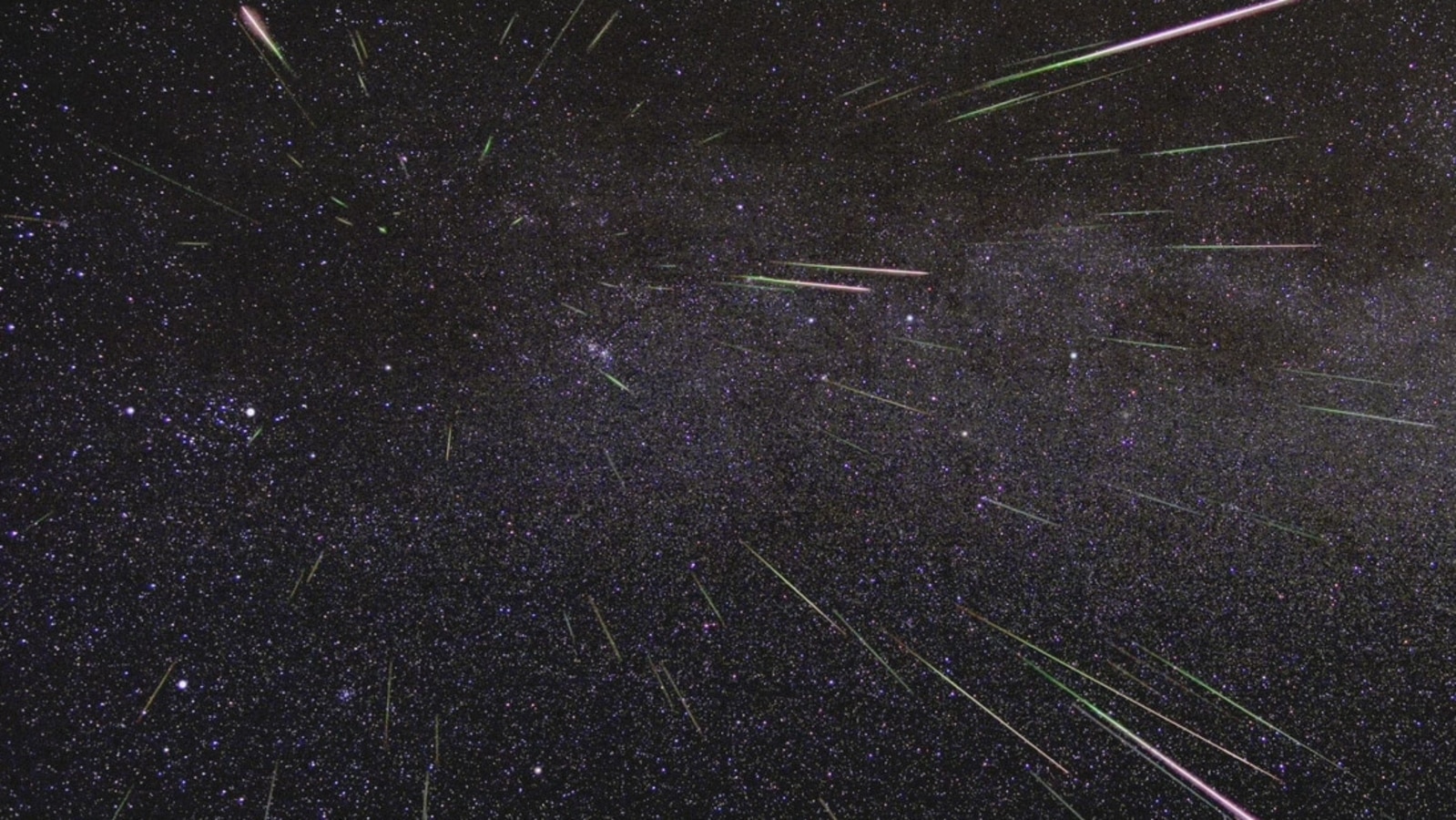
 View all Images
View all ImagesThe Perseid Meteor Shower is an annual event which is active from mid-July to September every year. It is easily the most stunning meteor shower of the year, bringing spectacular visuals for astronomers, scientists as well as casual sky watchers.
Perseids are named after the point in the sky from which the Perseids appear to come, which is the constellation Perseus.
Although the Perseids last from July to September, they peak in mid-August when the most stunning visuals are seen in the night sky. Perseids frequently leave long streaks of light and colour behind them as they pass through Earth's atmosphere, according to NASA.
Meteor showers are generally named after the constellation they originated in. Perseid meteor shower peaks around August 12 every year.
And what causes Perseid meteor shower? Every Perseid meteor is a tiny piece of the comet Swift-Tuttle, which swings by the Sun every 135 years. During the Perseid shower, 50 to 100 meteors can be seen every hour, travelling at a speed of nearly 37 miles per second.
However, due to the Sturgeon Supermoon this year, the visibility of Perseids is expected to suffer heavily when they peak, which is around August 12 or August 13. NASA astronomer Bill Cooke, who leads the Meteoroid Environment Office at NASA's Marshall Space Flight Center in Huntsville, Alabama said, “Sadly, this year's Perseids peak will see the worst possible circumstances for spotters.”
“Most of us in North America would normally see 50 or 60 meteors per hour but this year, during the normal peak, the full Moon will reduce that to 10-20 per hour at best,” he added further.
What is a Meteor Shower?
When meteor material falls on Earth, most of it burns up while entering the atmosphere, leaving behind trails of shooting stars. According to NASA, this phenomenon is known as a Meteor Shower. Several meteors per hour can usually be seen on any given night. When there are many meteors, it might mean that you're witnessing a meteor shower.
Catch all the Latest Tech News, Mobile News, Laptop News, Gaming news, Wearables News , How To News, also keep up with us on Whatsapp channel,Twitter, Facebook, Google News, and Instagram. For our latest videos, subscribe to our YouTube channel.





























